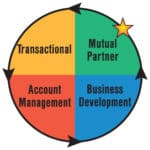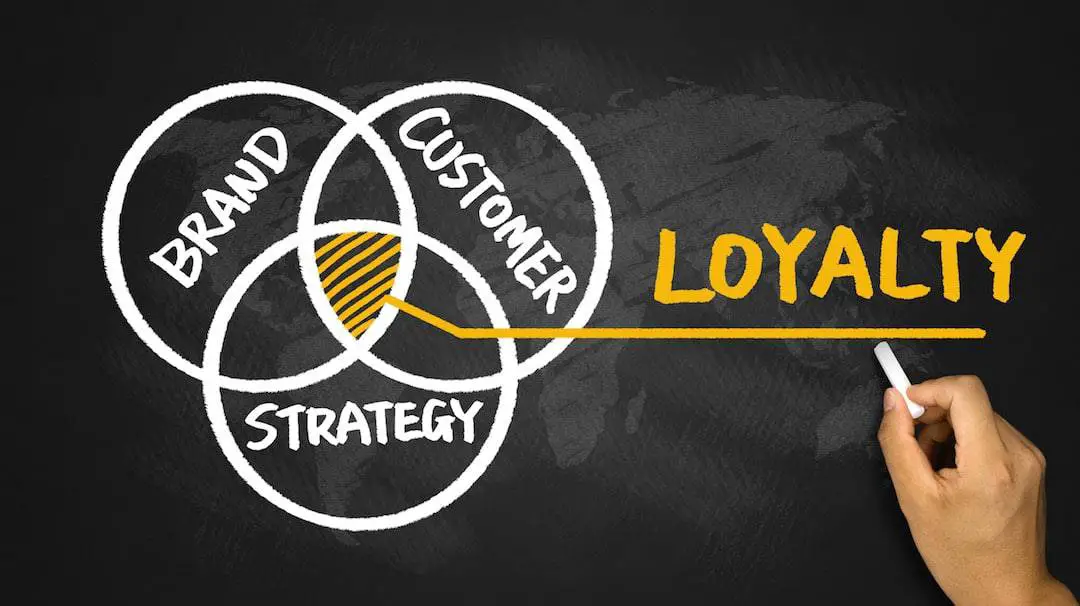Table of Contents
*This post may contain affiliate links. As an Amazon Associate we earn from qualifying purchases.
Customers return for the value they get from your product, and the trust you have established with them. The value-added customer loyalty program extends the features of your ongoing relationship to further create a personal and emotional customer experience. To launch a customer loyalty program you will need a base of customers, a purchase cycle that occurs with some frequency and traditional or virtual rewards that customers will strive to achieve.
Customer Loyalty and The Sales Relationship Hierarchy

Based on your product and sales process, there are four levels of sales relationships that organizations strive to achieve. The four levels of sales are: Transaction, Account Management, Business Development, and Mutual Partner. The following loyalty programs go from simple to complex, tying in my work with a rental car company and the sales levels detailed above.
Transaction Based Customer Loyalty
The simple punch card was, and still is, a great incentive. Back in the early days of customer loyalty programs, I launched a transaction based punch card program in New York City for a rental car company. NYC is a unique rental car market, it is expensive to own and park a car and there is a large segment of the population that routinely escapes summer in the city. Using direct mail and point-of-sale, the frequent renter program offered a free luxury car rental after ten rentals. As we got more sophisticated, we gave returning customers two free weekend punches to give them a head start, which increased overall participation. The program was a great success from the outset. A base of motivated customers created high demand for the product. We kept customers from defecting to competitors, while building a personalized customer experience and database. The program eventually evolved from the simple punch card to an online statement with ongoing vs. seasonal tracking.
Account Management Loyalty Process
Account management is defined as selling a suite of products to a certain type of customer. Over time the transactional based punch card migrated to a statement based program and spread to other US cities. The organization began to collect an impressive database of city dwelling customers across the country. As a value-added service, we provided the local city customers with a generic suite of services, which began with special rates and discounts to use anywhere in the world.

Using customer analytics, we were able to calculate purchase patterns along with demographic and psychographic data to offer customer sub-sets more customized suites of services, based on their needs. While many customers stayed within the parameters of the local city program, some progressed in our product and service hierarchy. Customer analytics were also useful in identifying potential new customers, and direct channels were used to deliver an unrestricted free rental day coupon to stimulate trial. Small business accounts were transitioned to a sales person. Lesson learned, if you have a suite of diverse products to offer, striving to understand and personalize the relationship through customer analytics not only enhances customer loyalty, it’s good for business growth.

